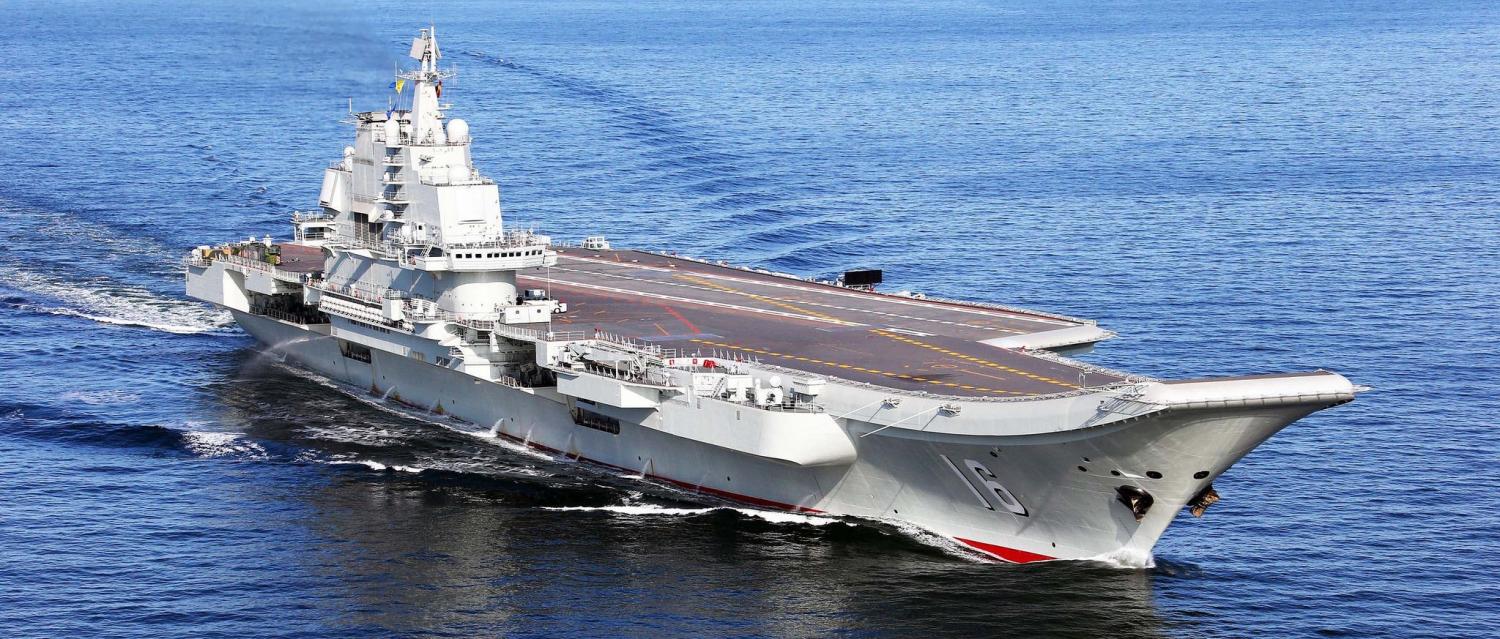In a recent PLA Navy (PLAN) journal article, South Sea Fleet officers declared that China has achieved military supremacy in the South China Sea. This may seem simply a statement of fact given China’s militarisation of its six newly reclaimed islands. Indeed, the CSIS Asia Maritime Transparency Initiative this week concluded the construction of military and dual-use infrastructure on the 'big 3' - Subi, Mischief and Fiery Cross Reefs - is largely complete. The PLAN, however, is literally the Chinese Communist Party’s armed naval wing and so this article was presumably published to convey specific messages.
For a domestic audience, the messages might be that China’s new assertiveness is helping restore national self-respect, that military power is important, and that the Communist Party is delivering high-quality outcomes. For an international audience however, the message appears more pointed: China now dominates the region and all should behave accordingly. As Chinese Foreign Ministry spokesperson Hua Chunying said earlier: 'Here is a gentle reminder…China will not bully small countries, meanwhile, small countries shall not make trouble wilfully and endlessly'. In this regard, the article provides two valuable warnings concerning possible future Chinese actions.
The first warning is that a military crisis in the South China Sea is 'highly likely'. The article suggests China should be ready to take advantage of such a crisis, to 'hit the enemy where it hurts' and 'teach it a lesson'. The article notes that China did this before in 'skilfully taking advantage of [the 2012 Senkaku Islands] crisis'. The implication is that China can gain by manufacturing a South China Sea crisis at a time and place of its choosing.
The authors reassure its Chinese audience that a crisis can be controlled so there is little likelihood of starting a larger conflict or war. ASEAN states have been 'intimidated' by the island building and lack credible military means while the Americans lack 'the ability and will to engage in a military conflict or…war'. Such a prediction appears, at best, audacious given Donald Trump last year campaigned on the previous Obama administration's lack of a forceful response to China’s South China Sea actions.
Discounting such concerns, a small-scale crisis that might meet the authors’ criteria could resemble the purposefully contrived 2009 USS Impeccable incident or perhaps the 2001 accidental collision of a Chinese fighter with a USN EP-3 surveillance aircraft. Certainly something like the later crisis – a near miss involving a Chinese civilian airliner say - might provide a suitable pretext for China to declare a South China Sea ADIZ. As Premier Li Keqiang recently observed, China’s new islands have defence facilities on them just so as to ensure 'freedom of navigation and overflight in the South China Sea'. Was the 9 February 'unsafe' encounter involving a USN P-3 aircraft a rehearsal for a future incident?
The second warning is only slightly more subtle. The article appears to propose establishing some form of maritime exclusion zone to prevent ASEAN states from occupying more South China Sea features or being able to disrupt Chinese fishing and seabed oil exploration activities in the area. To stop others transgressing the PLAN should employ 'endurance warfare', that is be patient, adopt a long-term force posture, 'fight behind a civilian front and refrain from firing the first shot'.
This seems similar to China’s approach when seizing Scarborough Shoal. In a carefully timed sequence, China first sent fishing boats to the disputed territory, then fisheries patrol and coast guard vessels, and finally PLAN warships. Rear Admiral Zhang Zhaozhong called this a 'cabbage strategy' where 'the island is…wrapped layer by layer like a cabbage'.
The article suggests continuing with this proven approach implying that, to prevent others entering areas claimed, China would initially block approaching vessels using swarms of commercial fishing boats. If this fails, fisheries patrol and coast guard vessels would then employ aggressive manoeuvring, close crowding and ramming tactics, possibly followed by turning high-pressure fire hoses onto other ships' decks. For this, the Chinese Coast Guard has built two new 12,000 ton ships, the largest such vessels in the world, able to shove aside ASEAN’s much smaller coast guard vessels and warships. (For comparison, Australia’s new Hobart Class destroyers, the largest in the region, are 6,500 tones). As a last resort, PLAN warships are then available to menace and coerce as necessary.
China’s integrated use of civilian, coast guard and naval vessels may seem novel but is simply a lower-level replication of Chinese thinking about power. China conceives that a country’s power represents the sum of its many strengths including economic, education, culture, science and military. China similarly tackles problems in a multi-faceted, comprehensive manner. China may have gained regional military supremacy but this is only part of the story. China is also employing in conjunction other means – both positive and negative - towards securing greater influence over ASEAN states.
The PLAN article reminds us that the South China Sea dispute has further to run. China remains ambitious. Watch out 'small countries', do not make 'trouble wilfully and endlessly'.
Flickr Simon Yang
